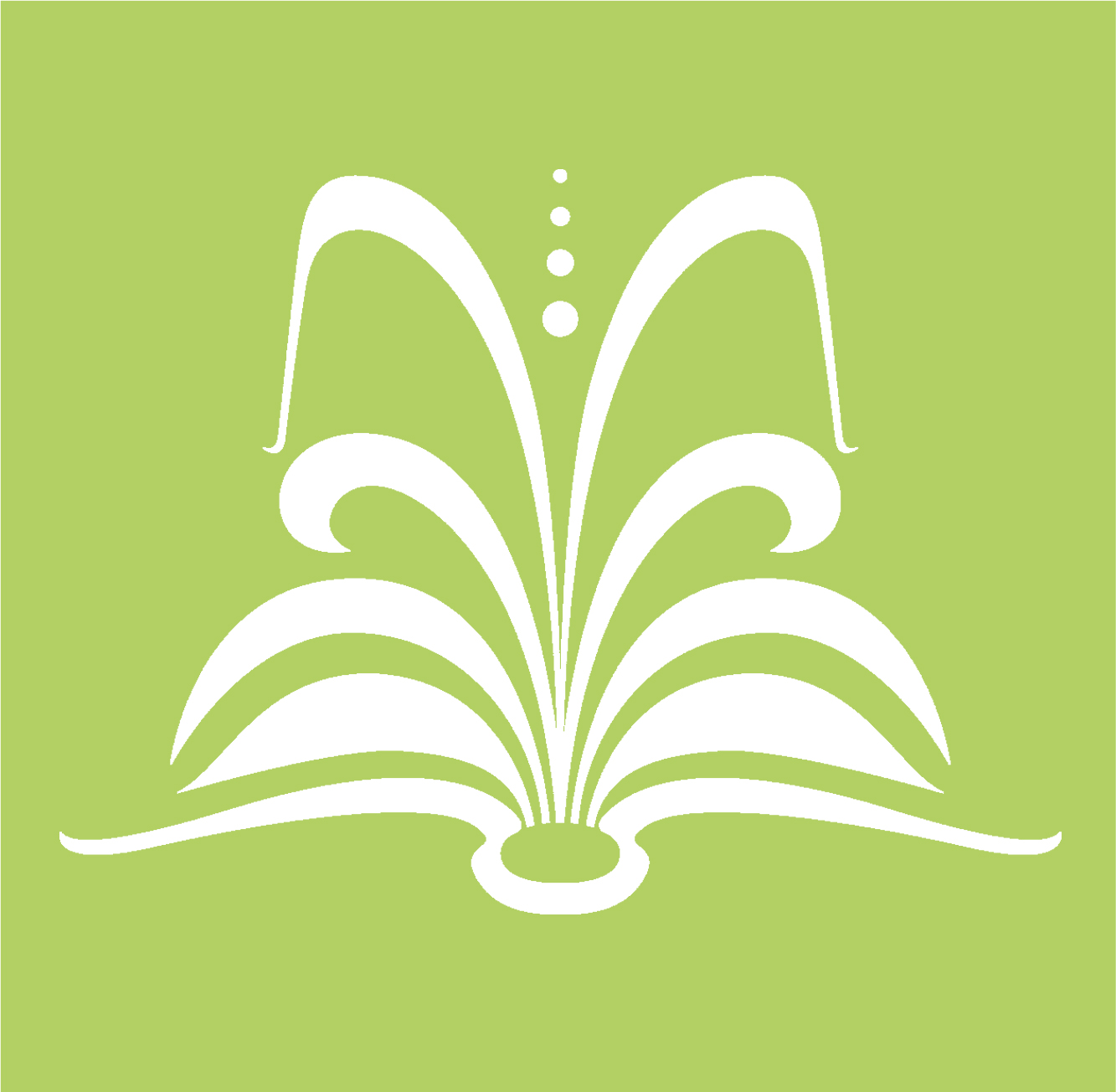For one week in August (Tuesday 22nd-Saturday 26th), the Book Artist and Authorial Illustrator Vicki Aimers will have an artist residency entitled – ‘Wastelands to wonderland’ – in the Elizabeth Treffry Room.
We’re going to let Vicki introduce herself in her own words and tell you a bit about her residency…
“I’m a Book Artist and Authorial Illustrator. My work focuses on creative storytelling intertwined with elements of social history. For the last few years, I have focused on the fascinating lives of some forgotten women in history and, in particular, female astronomers such as Caroline Herschel and Maria Mitchell. These were stories I explored in my MA in Authorial Illustration at Falmouth University.
To retell stories, I collaborate with a number of institutions and museums to bring items in their collections to life in creative ways. Throughout the year, I take part in various public events, organise bespoke workshops and develop online activities on a variety of art and storytelling techniques. These can include simple printing, book and zine making, stitch and inventive writing and poetry exercises.
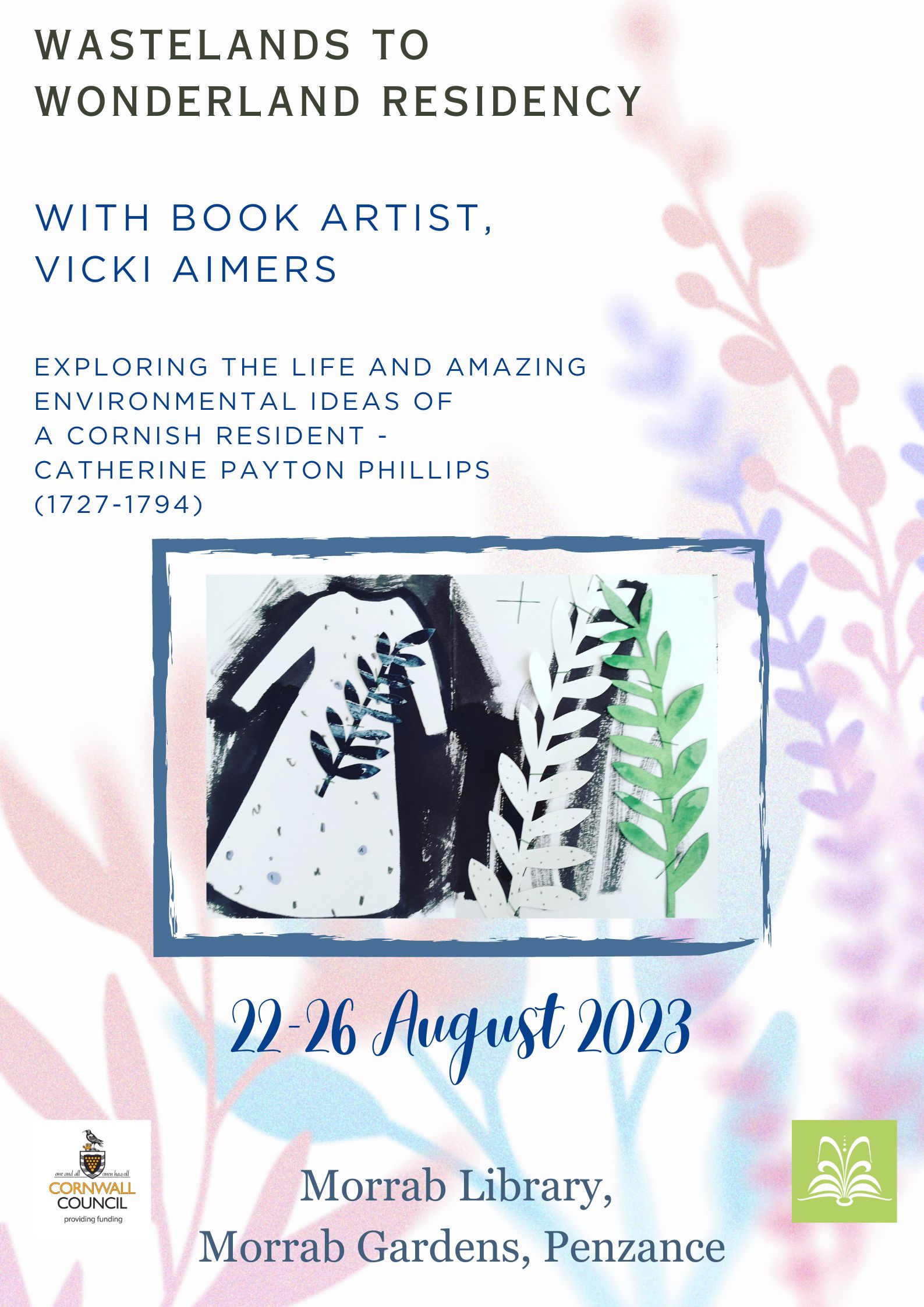
“When we read a story, we inhabit it. The covers of the book are like a roof and four walls. What is to happen next will take place within the four walls of the story. And this is possible because the story’s voice makes everything its own.”
John Berger, Artist and Author
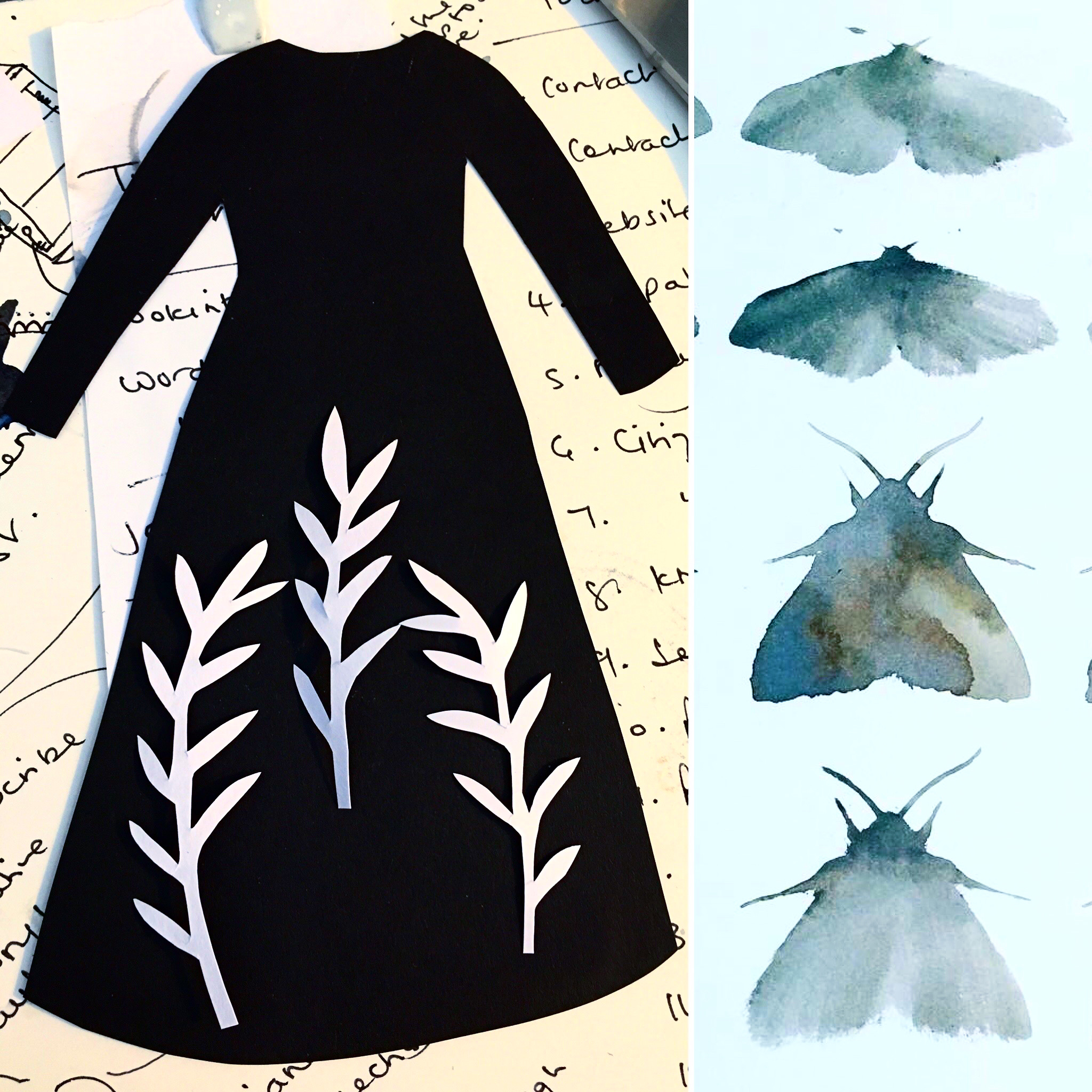
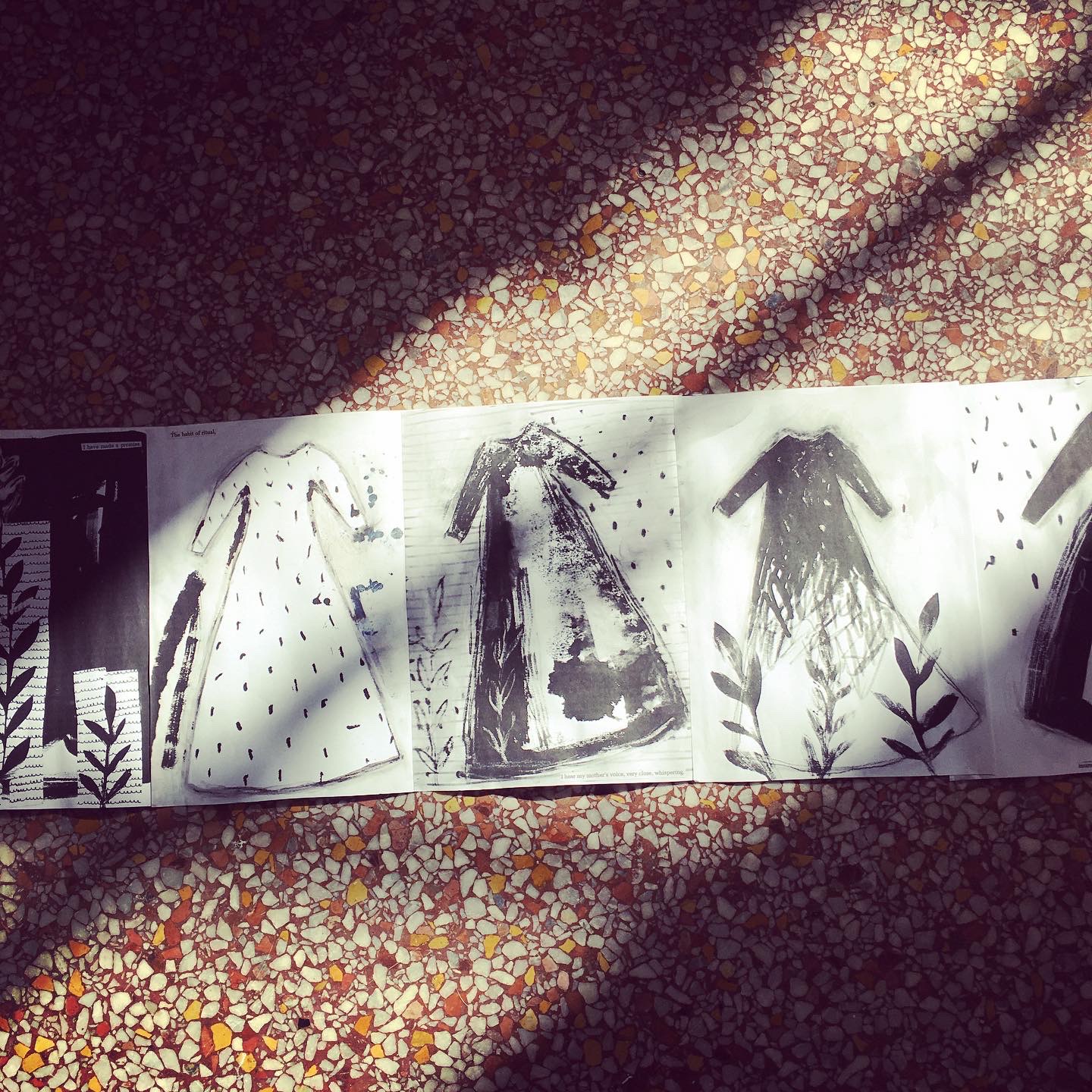
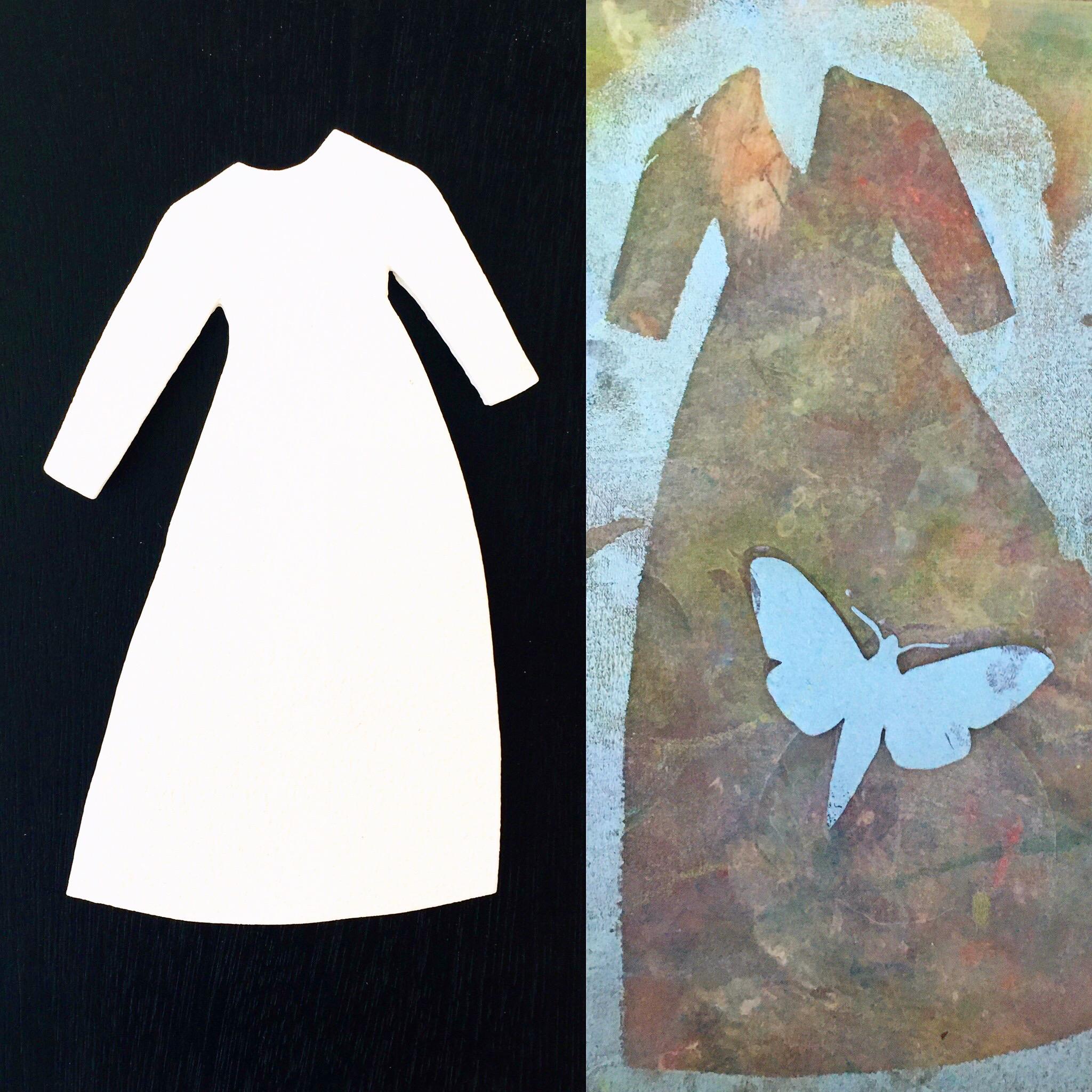
At the moment, I’m working with several organisations, including Morrab Library, researching the story of Catherine Payton Phillips (1727 – 1794). Originally from Dudley in the West Midlands, Catherine settled in Redruth and married a local widower, a Copper Agent – William Phillips. The story of William’s descendants is fascinating too.
They had met years before when Catherine was a young woman. However, from what I’ve read about her, I don’t think she wanted to settle down so young and be a stepmother to two very young boys. She extensively travelled throughout her life, through the U.K., Ireland, Europe and America – encountering crocodiles and journeying through swamps and prairies.
Catherine and William met again later in life and married. William had never stopped wanting for them to be together all through the time they were apart.
She was many things, as a well travelled Quaker preacher, but also a campaigner and interested in local ecology and communities. In particular, Catherine had two amazing ideas that have fuelled my research – the desire to ‘beautify wastelands’ and to grow fruit trees to feed communities.
Over the last two years, I have devised a programme of artist residences at various locations to share my project, and the story of her life and ideas. So far, I have taken part in residencies at Kresen Kernow, Redruth Library and held events for Fun Palaces.
As part of this programme of events, I have created a Cabinet of Curiosities, which is full of objects that all hint at aspects of her life, her ideas, the importance of orchards and facts about apples (a symbol of the project). There are many exciting and engaging strands to this project, as well as the Cabinet, including an interactive art piece called ‘The Library of Forgotten Fruits’, which will be on display during my residency.
I also arrange workshops at Krowji and across the South West, enabling others to explore their stories and memories through interesting projects. I offer creative mentoring, where we work together over a number of sessions experimenting with different art techniques to bring your narrative into focus.
Finally, I’m the founder of the @palimpsest_project. This initiative helps record fragmented memories and stories of families through projects and kits. My recent research has been about the history of piecework. This is particularly apt in light of the pandemic crisis, where parents were trying to navigate how to work from home, while looking after loved ones.
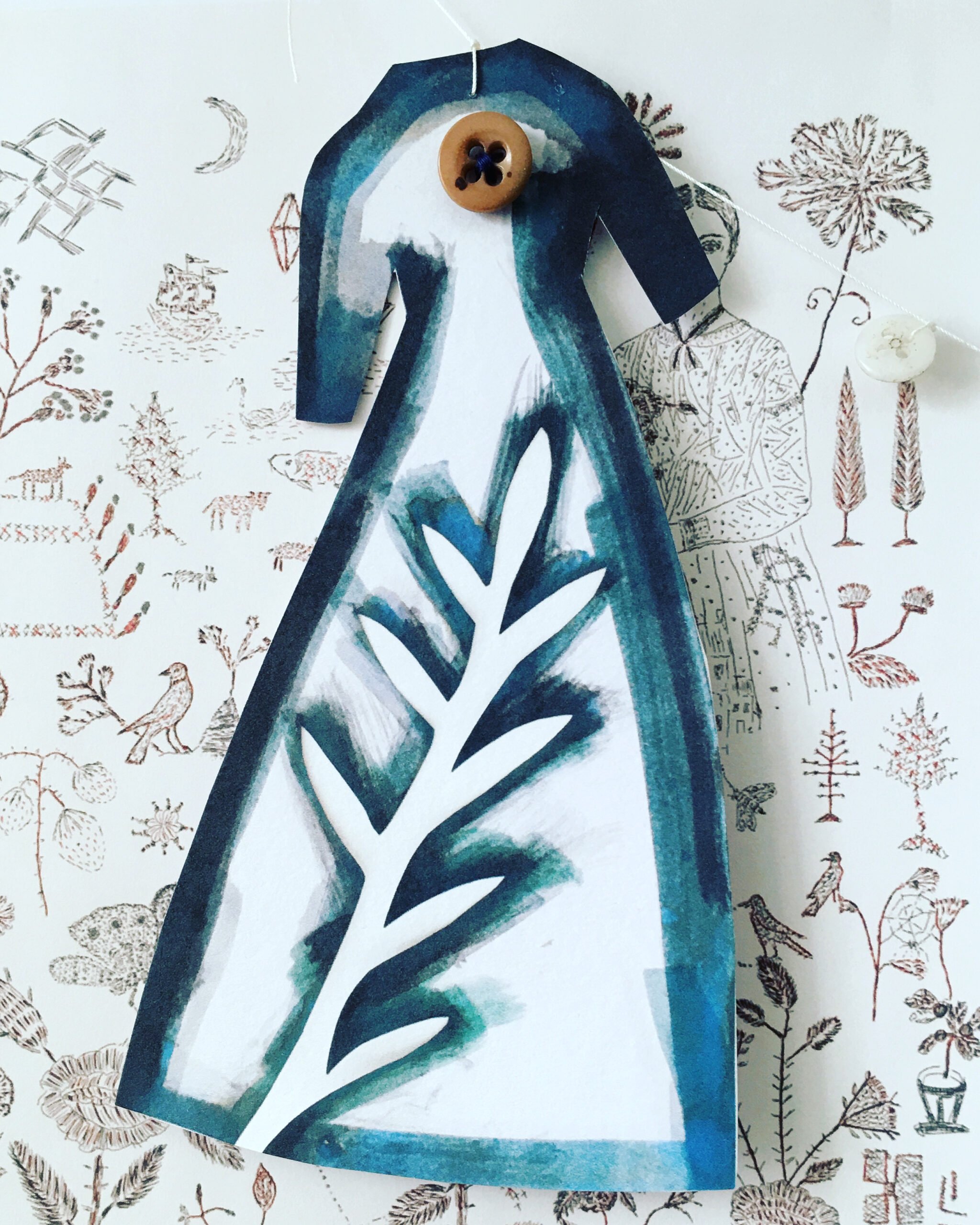
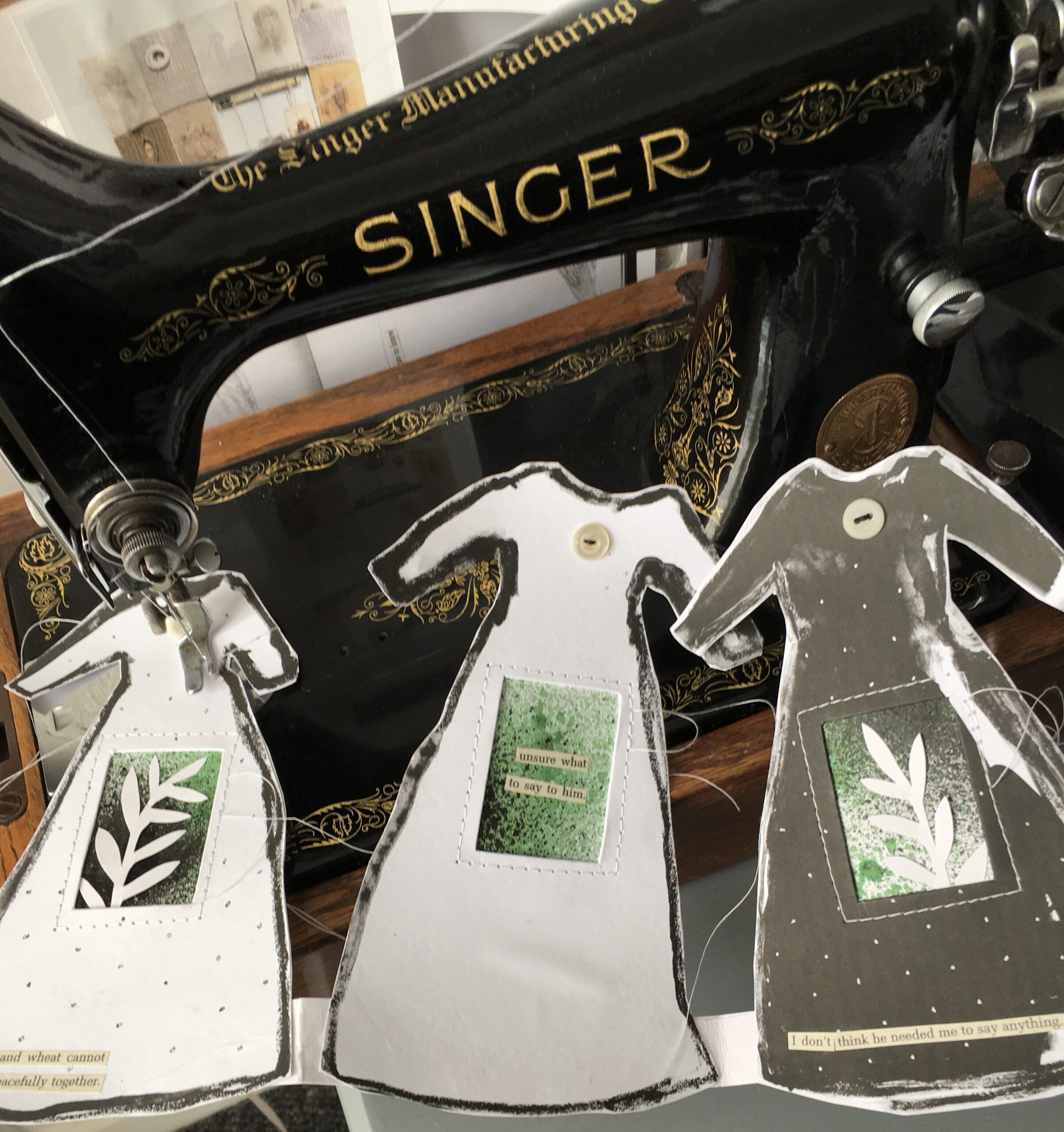
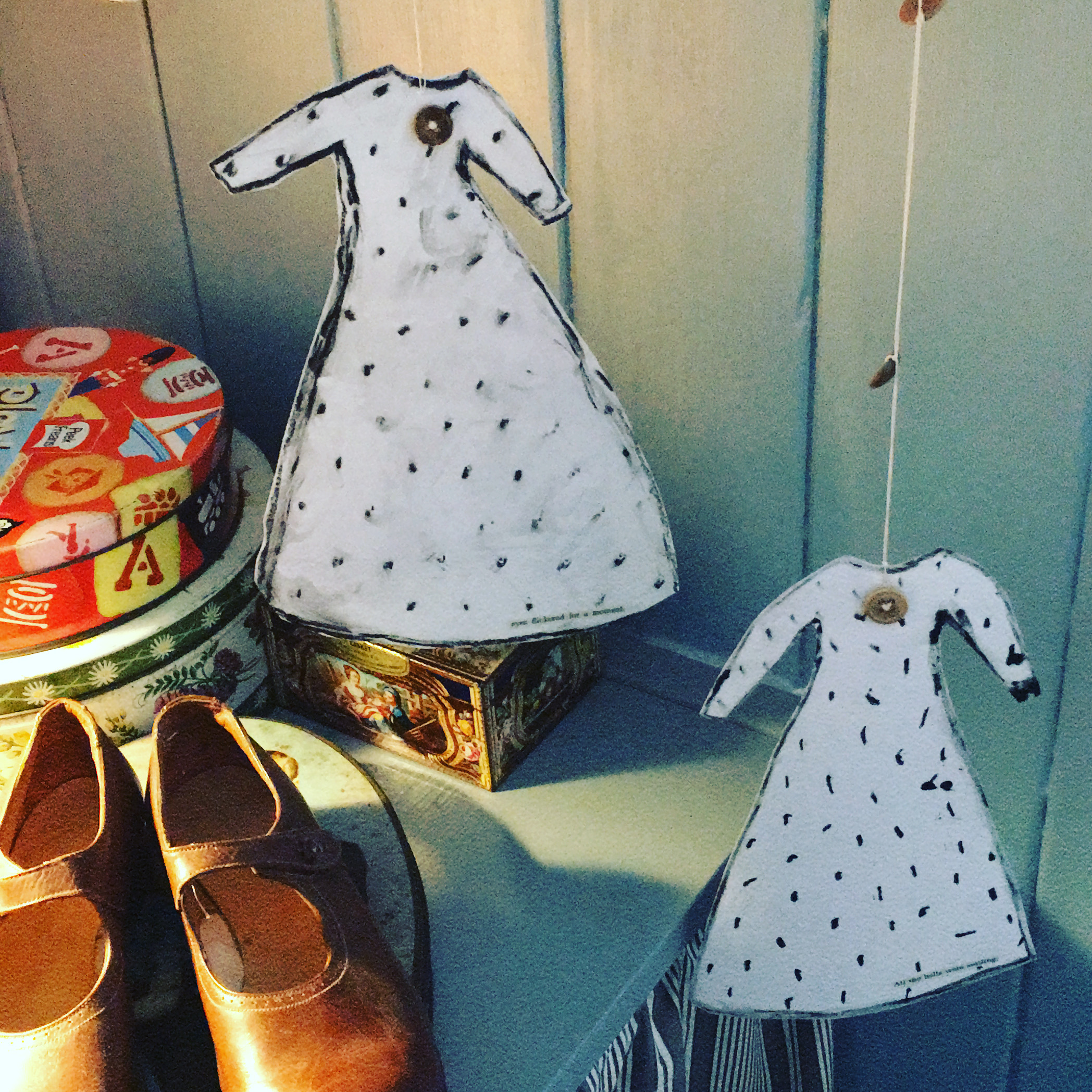
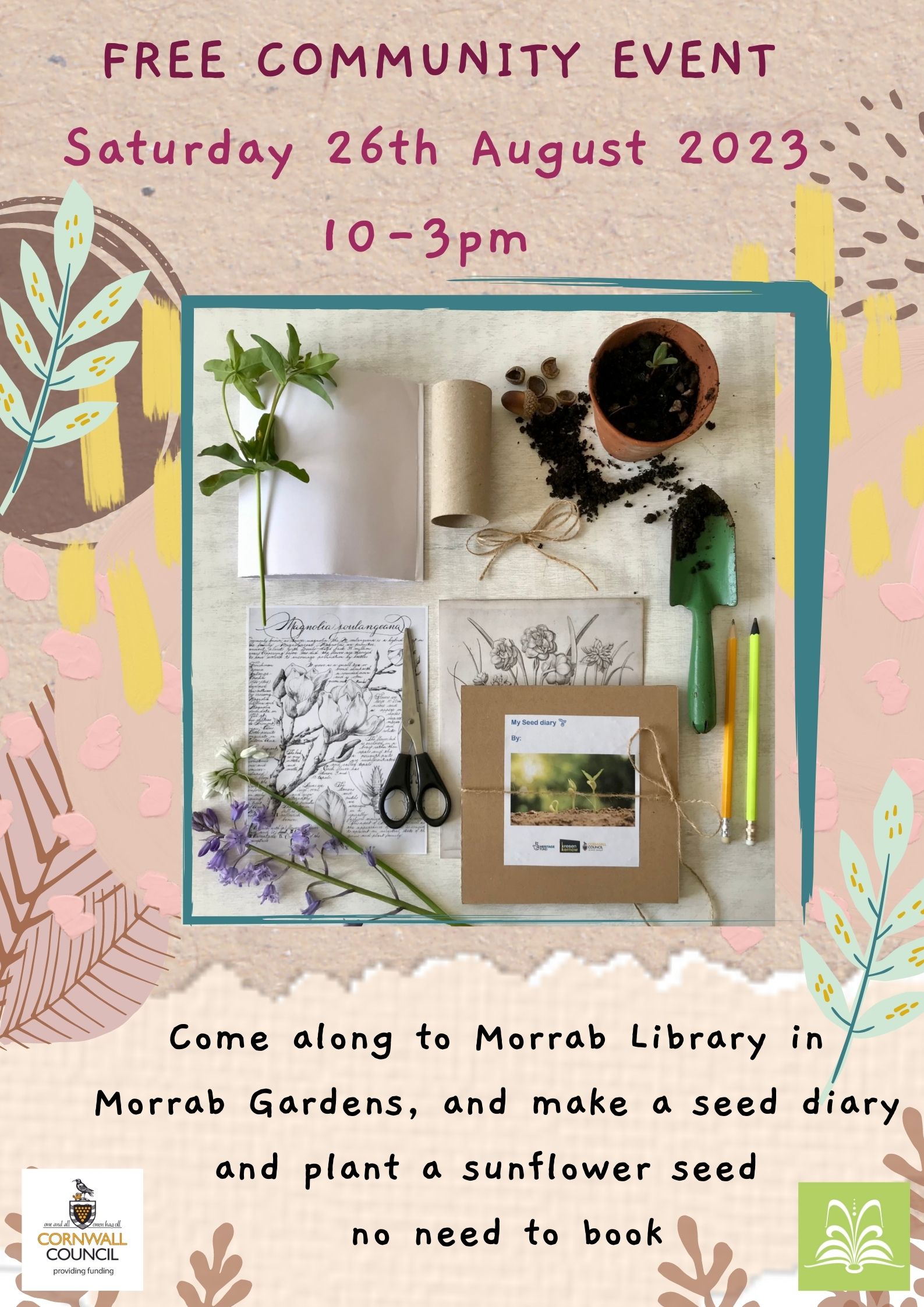

Why did you want to do an Artist Residency at Morrab Library?
“It has been a wonderful opportunity to make contact with Morrab Library. I’ve been wanting to find a project that would be a perfect collaboration to work together on.
I feel that, through the story of Catherine, there are common threads that run between all of us, such as the importance of community, the need to preserve and celebrate local history, and particularly women’s stories. This is at the heart of this inspiring and exciting collaboration.”
When did you first visit the Morrab and what do you remember about that visit?
“My first visit to the Library was a very welcoming experience. I met Lisa and we discussed Catherine’s life and legacy. We both soon realised that this could be an exciting opportunity for both of us to tell a story that hasn’t been told before in Penzance and at the Library too.
Since that first meeting, I ran a botanical sketchbook workshop for visitors, which was a lovely and popular event, and raised some funds for the Library too.”
What do you hope to bring to the library through your work?
“My hope is that by sharing Catherine’s at the Library through this project, another woman’s story will not be forgotten.
Also, her ideas for loving where we live and caring for the communities that we are part of – will be ‘paid forward’. We can learn so much from those who have gone before us. Small positive changes taken from Catherine’s ideas, that benefit everyone, such as growing a sunflower or planting a fruit tree. The author Nancy Kunhardt Lodge said ‘a library is a place vibrating with ideas’, and I feel this is so true, especially at Morrab Library.”
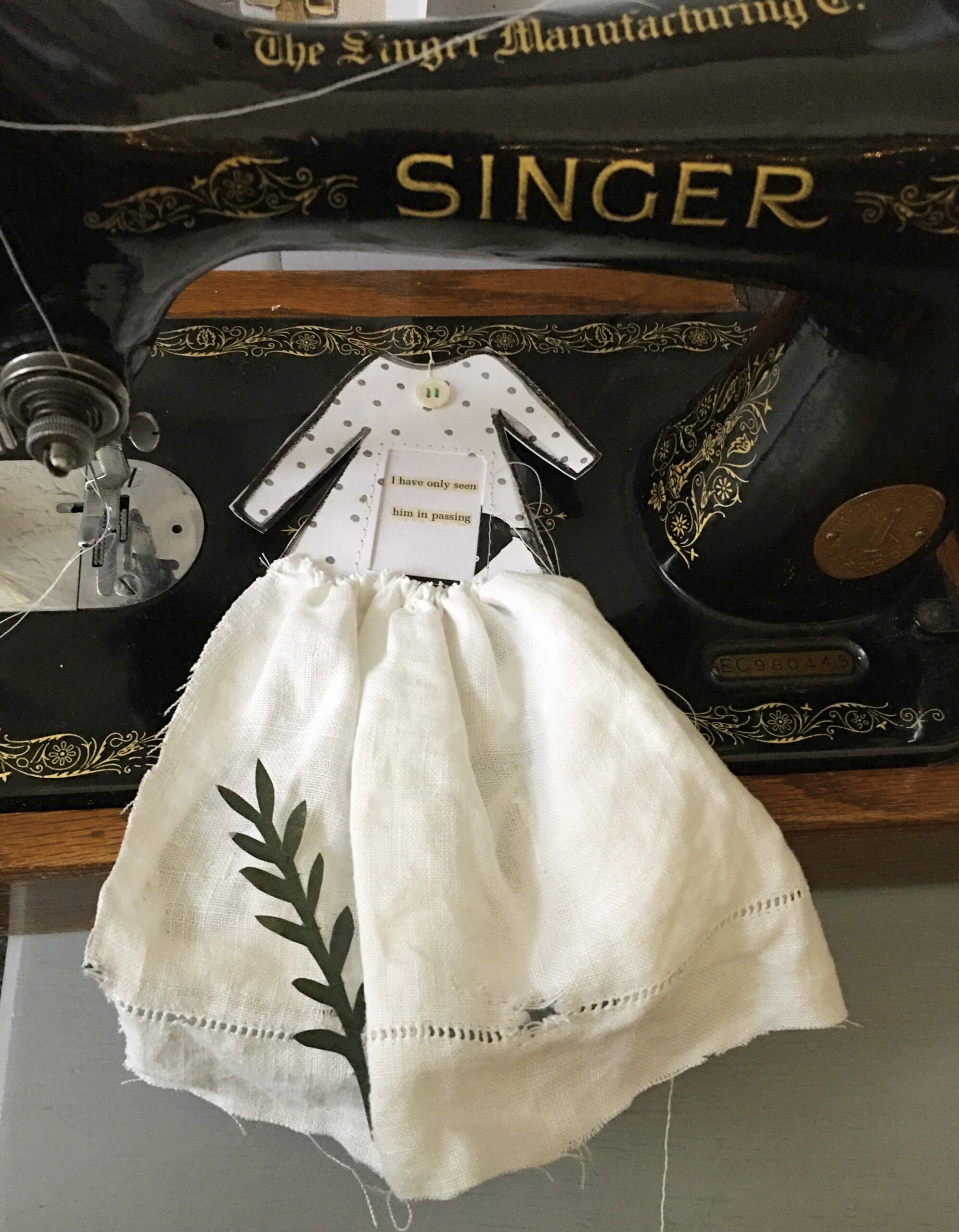
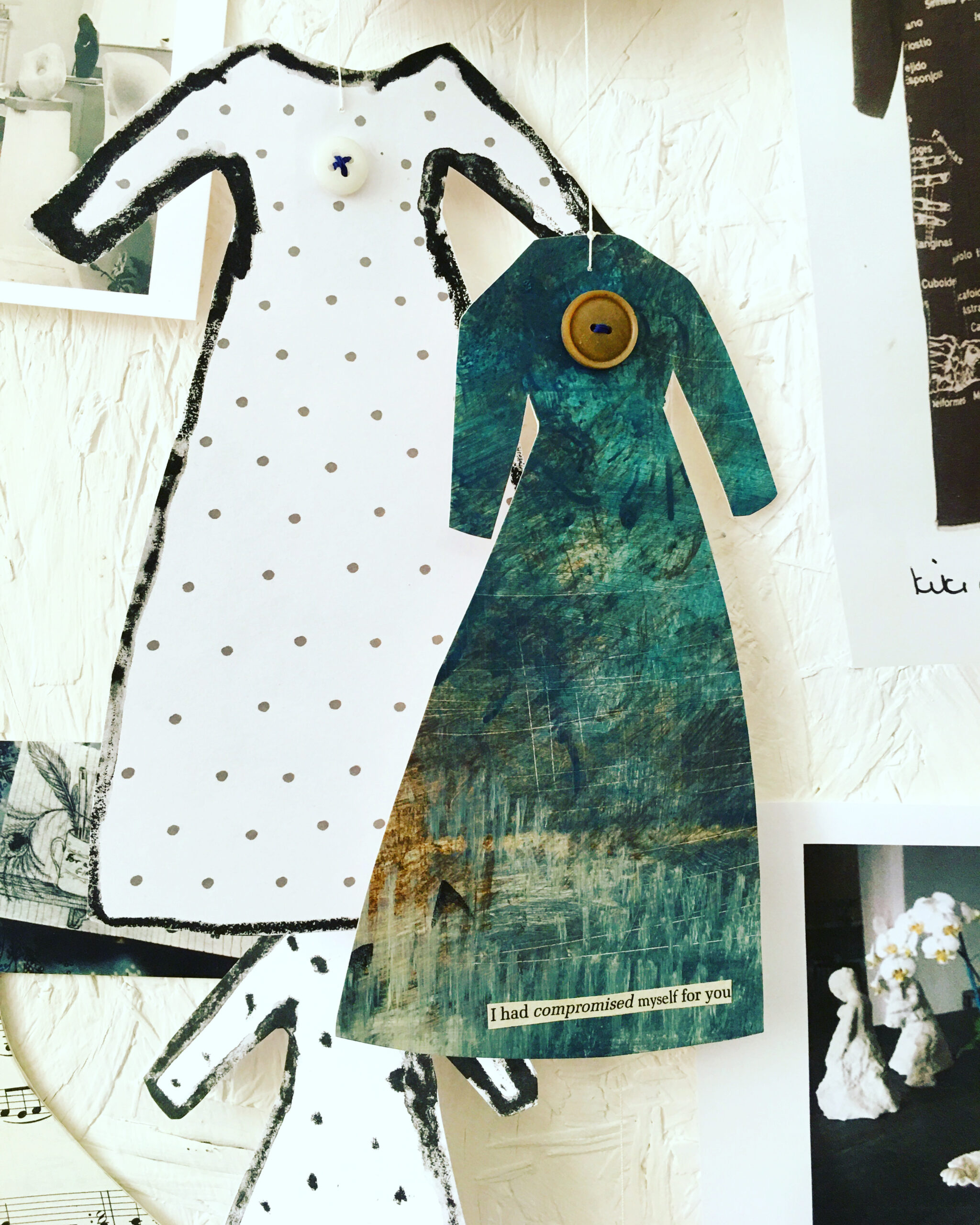
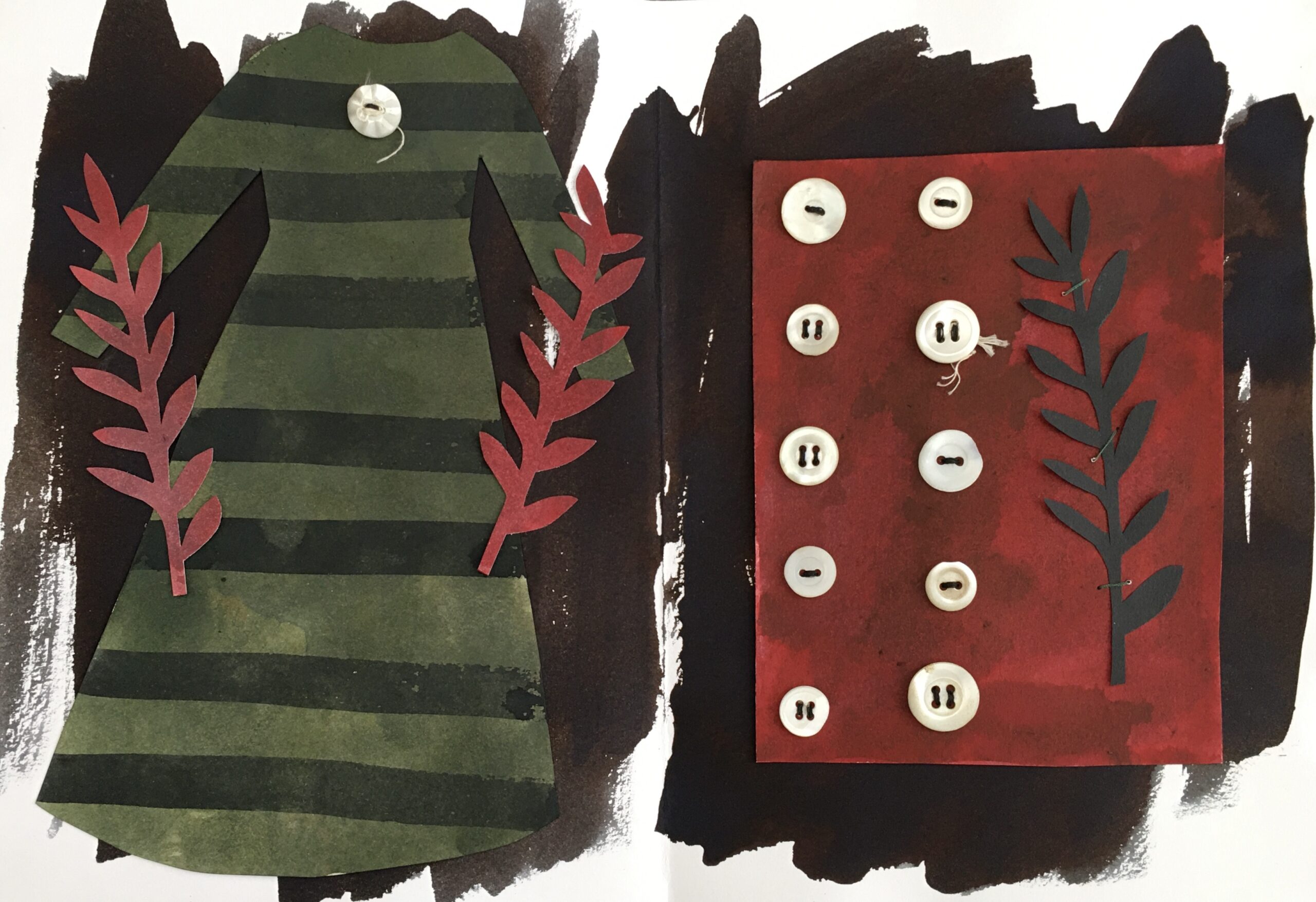
Members and visitors alike are welcome to pop in to see Vicki’s ‘Cabinet of Curiosities’ which will be displayed in the Elizabeth Treffry Room (upstairs) for the duration of the week. Vicki will also be running workshops and events which you can find out about on our events page.
